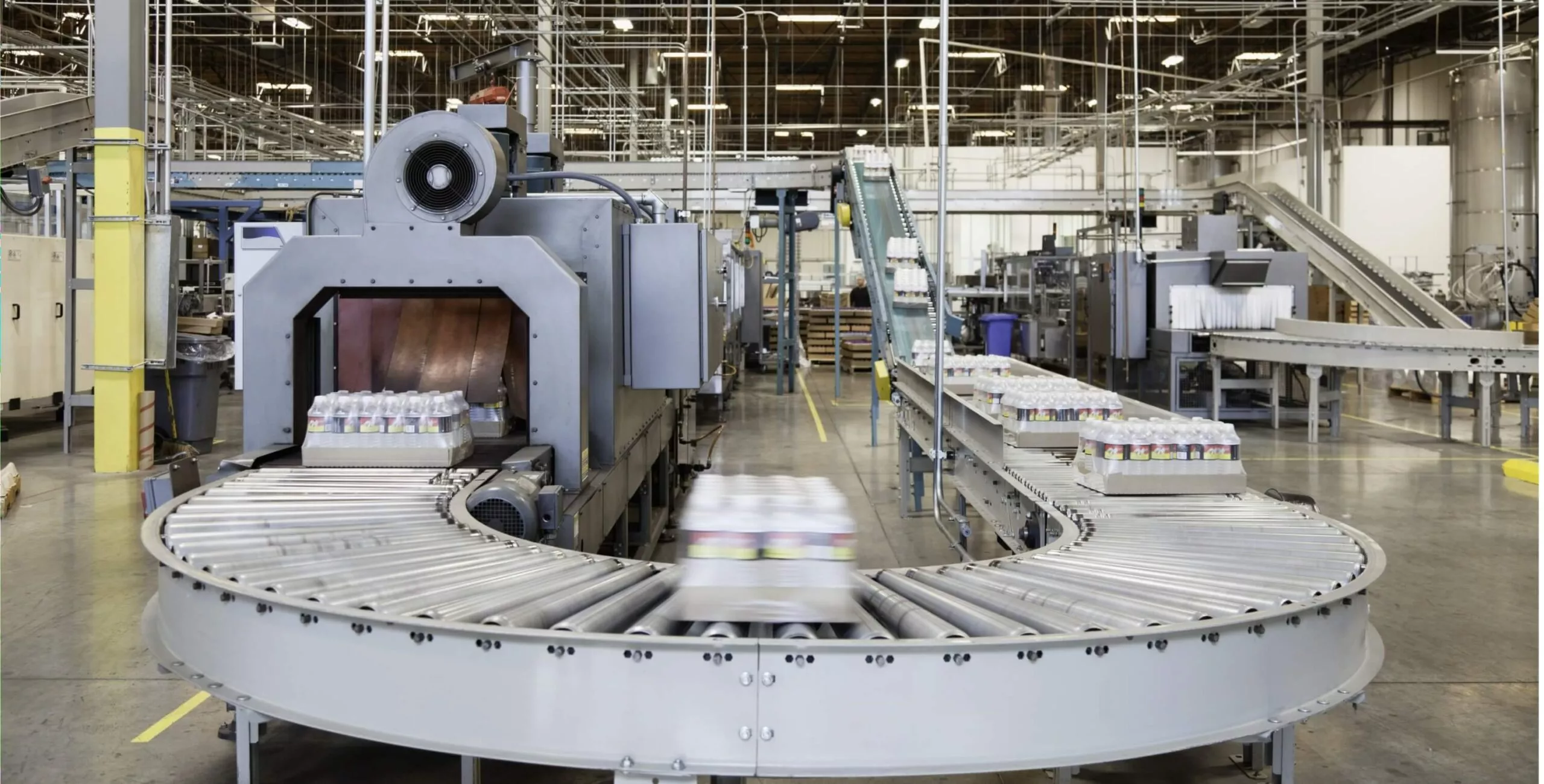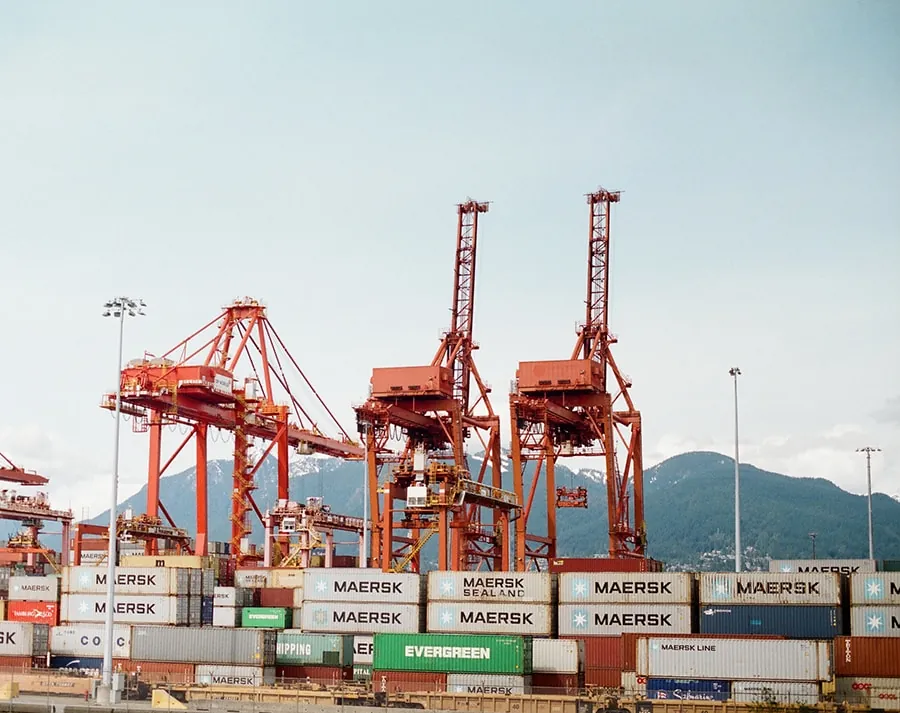Preventive maintenance is one of the most effective ways to manage assets in any industry, no matter how large or how critical. Preventive maintenance is one of the best practices to incorporate when trying to get the most out of every asset. But what is preventive maintenance, exactly? Read on to find out what preventive maintenance is, how it’s used, and how you can implement it within your organization.
What is Preventive Maintenance (PM)?
Preventive maintenance (PM) is the practice of performing maintenance on assets to reduce the risk of asset failings and resulting business interruptions. PMs can be set to automatically firework orders by using a CMMS, thereby optimizing your organization’s asset management practices and ensuring that assets are at their most reliable and longest lasting.
Preventive maintenance is highly recommended for those who value safety, time, and money. Relying on PMs allows you to focus on maintaining your assets proactively instead of maintaining them reactively.
Why do you need a preventive maintenance schedule?
A preventive maintenance plan helps you organize and prioritize maintenance tasks (such as creating a work order) so that a maintenance technician can ensure the best operating conditions and the best life of the equipment. With regular preventative maintenance, you can ensure that your equipment continues to operate efficiently and safely.
Maintaining a preventative maintenance plan can be very complex when it comes to a large number of devices. Therefore, maintenance personnel often use preventive maintenance software to organize their preventive maintenance schedule.
Why is preventive maintenance important?
Preventative maintenance is important because it lays the foundation for successful facility maintenance management. Preventative maintenance ensures that equipment and systems operate efficiently, ensures a high level of safety for your employees, and helps you avoid costly repairs in the future. In general, a properly functioning PM maintenance program ensures that operational interruptions are kept to a minimum.
How does preventive maintenance work?
Preventive maintenance operates in terms of planned work orders. These work orders can be set to automatically fire by a CMMS that has that capability, relieving users of having to schedule maintenance manually.
Preventative maintenance is often executed in a few different ways.
- PMs can be time-based, meaning that work orders are fired according to a set calendar interval. Work orders will fire from this PM when a set due date approaches.
- PMs can also be usage-based, which means that work orders are fired according to the amount of use an asset is getting. An example of this would be getting your tires rotated every 5,000 miles.
- There is also a type of proactive maintenance called “predictive maintenance.” This type of maintenance is not time-based but trigger-based.
What are the 4 types of preventive maintenance?
There are 4 types of preventive maintenance. Each is based on the concept of planned maintenance, although they are all organized and planned differently to adapt to different business processes.
Usage-based Maintenance
Usage-based maintenance is triggered by the actual use of a system. This type of maintenance takes into account the average daily use or environmental impact of a plant and uses this data to forecast a deadline for future inspections or maintenance.
Time-based Maintenance
The calendar or scheduled preventative maintenance is carried out at a scheduled time based on a calendar interval. The maintenance action is triggered when the due date approaches and the required work orders have been created.
Predictive Maintenance
Predictive maintenance is used to plan corrective measures before an error occurs. The equipment must first determine the condition of the equipment to estimate when maintenance should be performed. Then, maintenance work is planned to avoid unexpected equipment failures.
Prescriptive Maintenance
Prescriptive maintenance shows not only that a failure will occur and when it will occur, but also why it will occur. This type of maintenance helps analyze and determine several options and possible outcomes to minimize any operational risk.
What are the benefits of preventive maintenance?
Preventative maintenance is a great, reliable asset management practice that helps your organization make the best maintenance decisions.
This is because of a few factors:
- It extends your asset’s life cycle. This translates to more efficient use of your asset – no need to worry about your asset breaking down much earlier than expected.
- It helps you avoid unnecessary workloads. This saves you both time and money.
- It reduces unplanned outages. This means fewer interruptions in your organization’s maintenance workflow.
- It allows you to be prepared for asset failures. Instead of having to fix assets as soon as possible when they require maintenance, you can plan to fix them ahead of time to save yourself the stress of an undue breakdown.
Reactive maintenance does not come with any of these benefits; this strategy of asset upkeep (also known as “run to failure”) simply isn’t as effective or efficient as actively maintaining assets using a PM program.
Preventive vs Reactive Maintenance
What’s the difference between preventive and reactive maintenance?
Reactive maintenance is when organizations perform maintenance on their assets as they fail. This means that assets only get repaired or replaced when the asset is already experiencing downtime. Essentially, reactive maintenance means that assets break down unexpectedly or even faster than if those organizations were proactively maintaining their assets.
Preventive maintenance – is the practice of maintaining assets ahead of time instead of waiting for them to break down. Doing this instead of repairing reactively means that assets last longer and experience less unexpected downtime, saving your organization time, effort, and money.
Preventive vs Preventative Maintenance
What’s the difference between preventive maintenance and preventative maintenance?
There is no difference between preventive and preventative. Preventative and preventive maintenance are concepts that both refer to the same practice of equipment maintenance to prevent breakdowns and ensure quality performance.
Predictive Maintenance vs Preventive Maintenance
What’s the difference between predictive maintenance and preventive maintenance?
Predictive maintenance is similar to preventative maintenance. While preventive maintenance involves more generalization regarding an asset (e.g., determining a maintenance schedule based on vehicle make, model, and/or year), predictive maintenance involves using detailed historical data to make more precise decisions about when to perform maintenance on an asset.
For example, using NEXGEN, users can set specific parameters for when predictive maintenance (or PdM) will fire, such as past a certain oil testing, vibration, thermography or alarms. This means that maintenance will occur dynamically based on the asset’s maintenance needs rather than on time passed or meter readings.
Preventive Maintenance Examples
Which operation would be described as preventive maintenance?
Anything that involves proactively maintaining your assets can be considered maintenance. For example, if you have a car, you probably perform PM maintenance on it, whether that be periodic oil changes, tire inspections, or anything else that helps you extend the health and life of your vehicle. This ensures that you’re getting the best out of your vehicle while minimizing unexpected problems or breakdowns.
With organizations working in fleet management, public works, or any other industries where assets are involved, it’s the same thing, only slightly different depending on the line of work – for example, if you work in fleet management, you probably worry about the same maintenance practices for cars but with a large number of vehicles, and if you work in facilities, you might be concerned with the maintenance of buildings and all of their components.
Essentially, preventative maintenance involves any practice that helps you extend the life of an asset on a scheduled basis instead of waiting for that asset to experience downtime or a breakdown.
How to create a preventive maintenance checklist?
Preventive maintenance checklists are built on what actions you need to take on an asset to keep it running smoothly. For instance, your checklist might involve items such as inspecting tire pressure, tread, and wear, examining fluid levels, examining belts and hoses, and so on.
Essentially, the key to creating a PM maintenance checklist is knowing the asset you’re maintaining and what it requires in terms of periodic care.
What is the best way to host a preventive maintenance system?
Preventative maintenance is best executed by using a CMMS, that houses an effective PM program. An effective PM program will render your organization fully capable of creating and organizing your PMs by managing work orders, keeping accurate data about your assets, and allowing for the freedom to create PMs set to your specific parameters.
More specifically, with a CMMS, organizations can:
- Create and manage PM maintenance schedules based on time or meter readings
- Compile and analyze asset data for application with future maintenance
- Use notifications to allow employees to be alerted to new PM work orders
Choosing the best CMMS for PM maintenance needs involves considering different aspects of your organization, such as size or workflow needs.
For more information on selecting a CMMS, click the button below to see NEXGEN CMMS in action.





